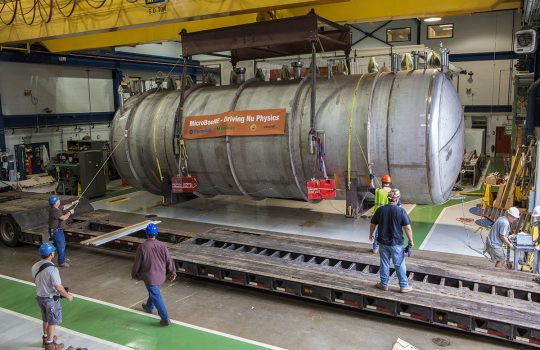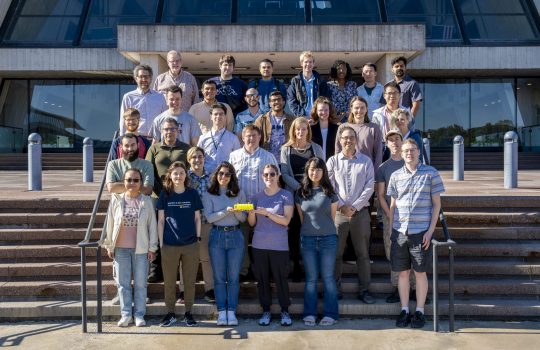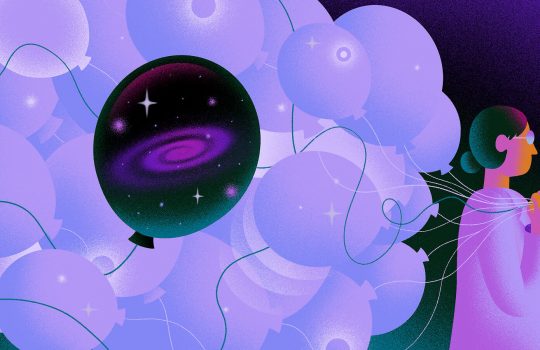Fermilab’s accomplishments highlight discovery and innovation in 2025
- AI
- dark energy
- emerging technologies
- LBNF/DUNE
- LHC AUP
- MAGIS-100
- Magnes
- MicroBooNE
- Mu2e
- Muon g-2
- neutrino
- NOvA
- PIP-II
- QICK
- quantum
- SQMS
- U.S. CMS
Throughout this year, Fermilab’s dedicated scientists, engineers, technicians and operations staff came together to drive discoveries, advance American innovation and prepare the lab for a bright future.





